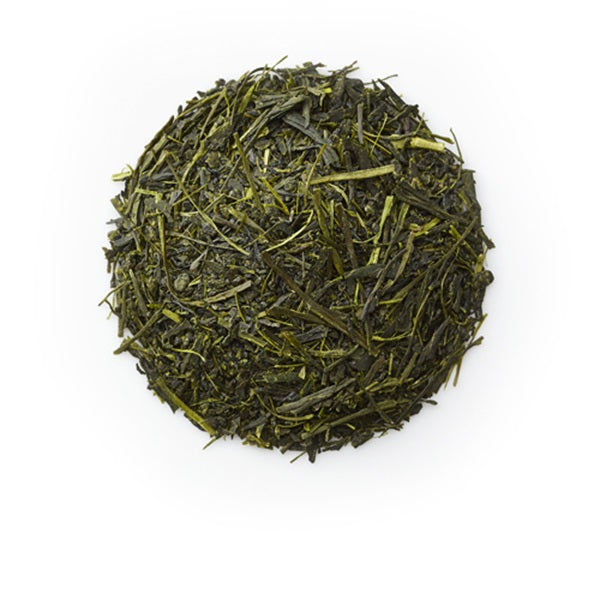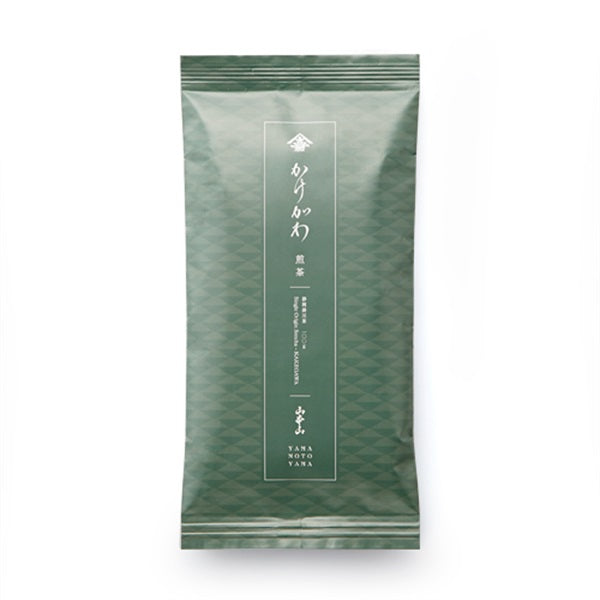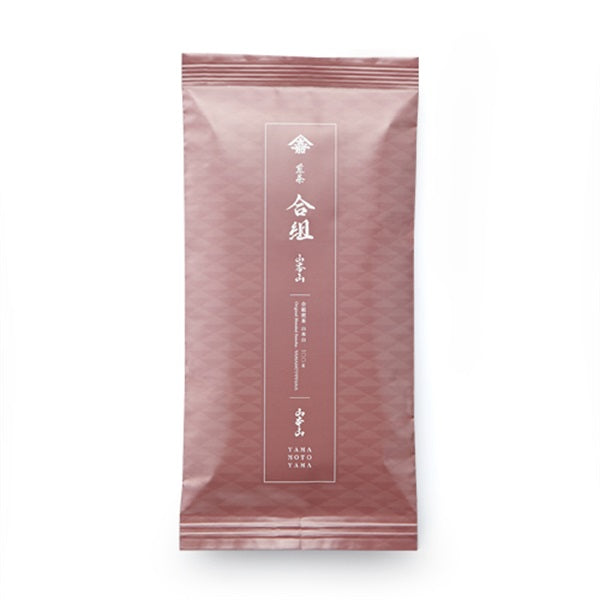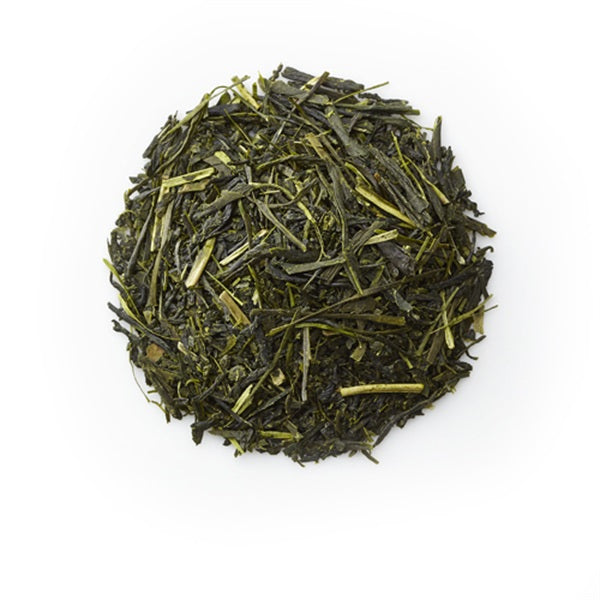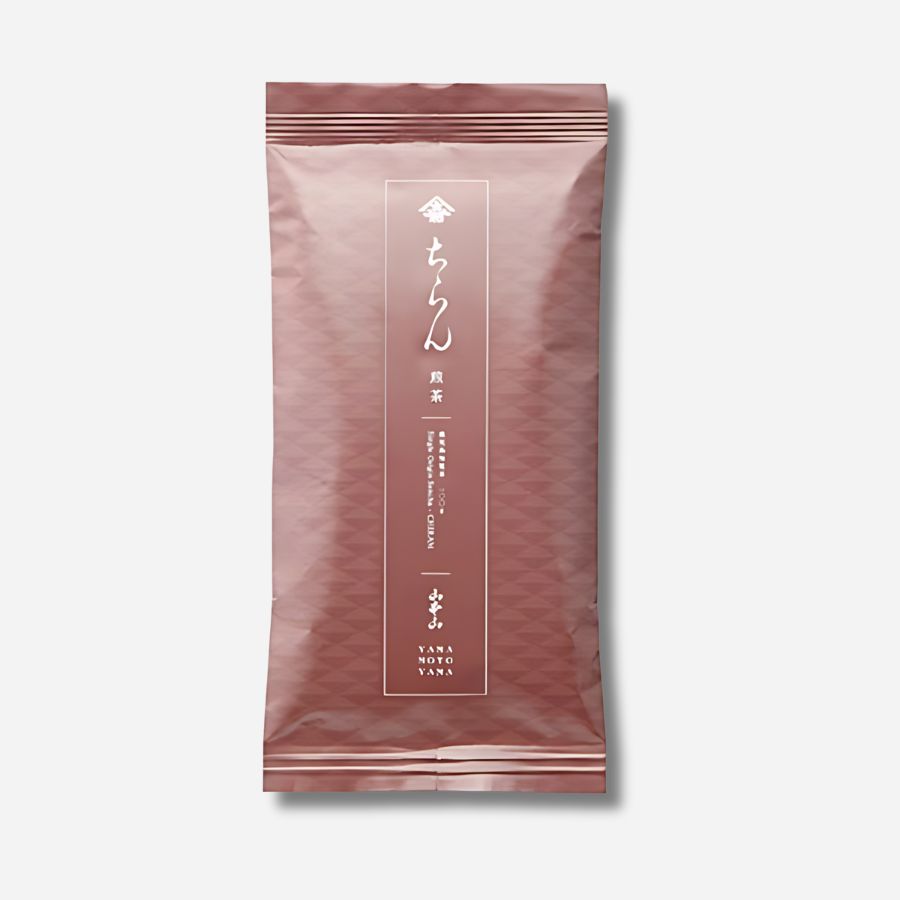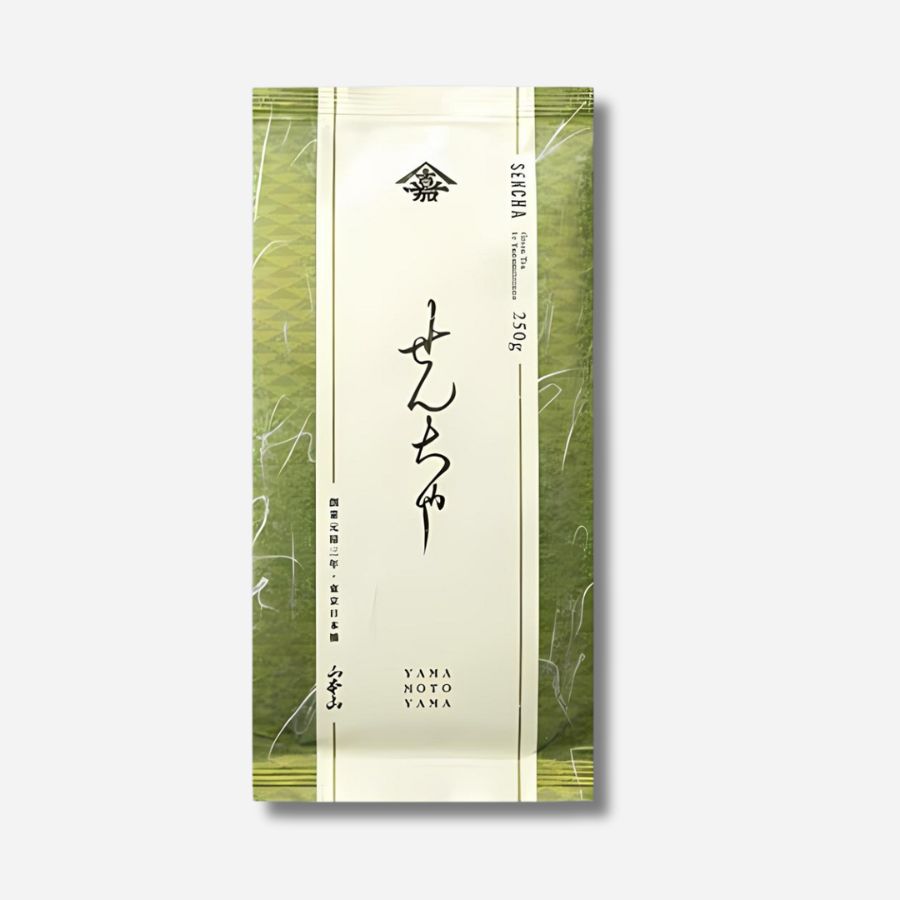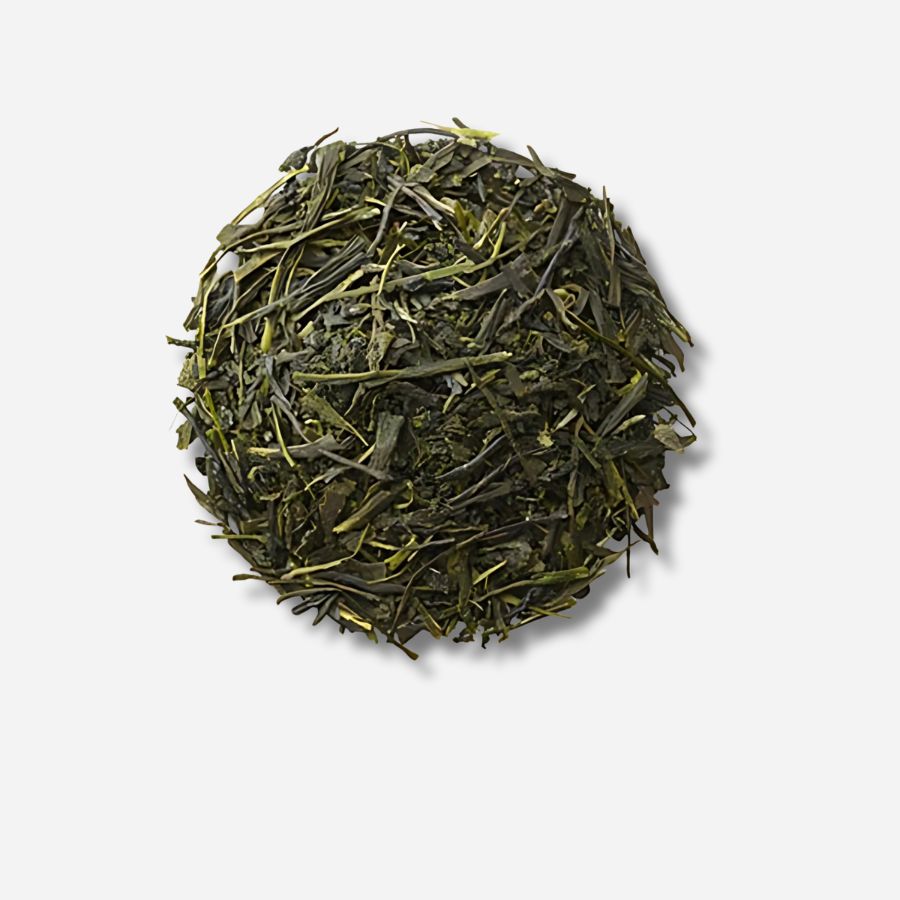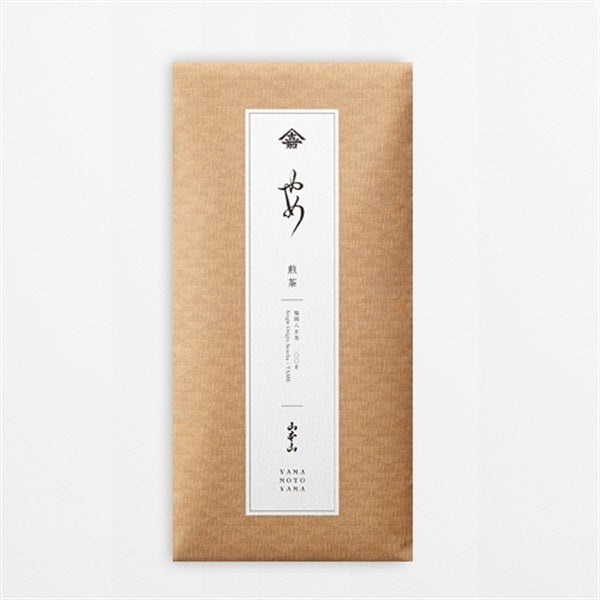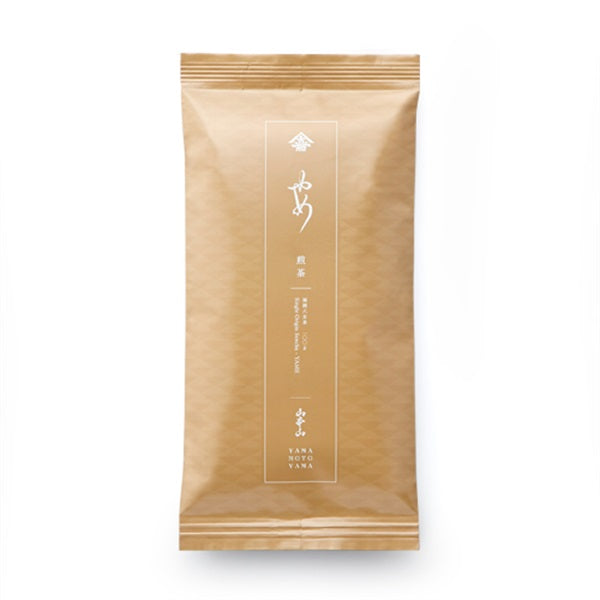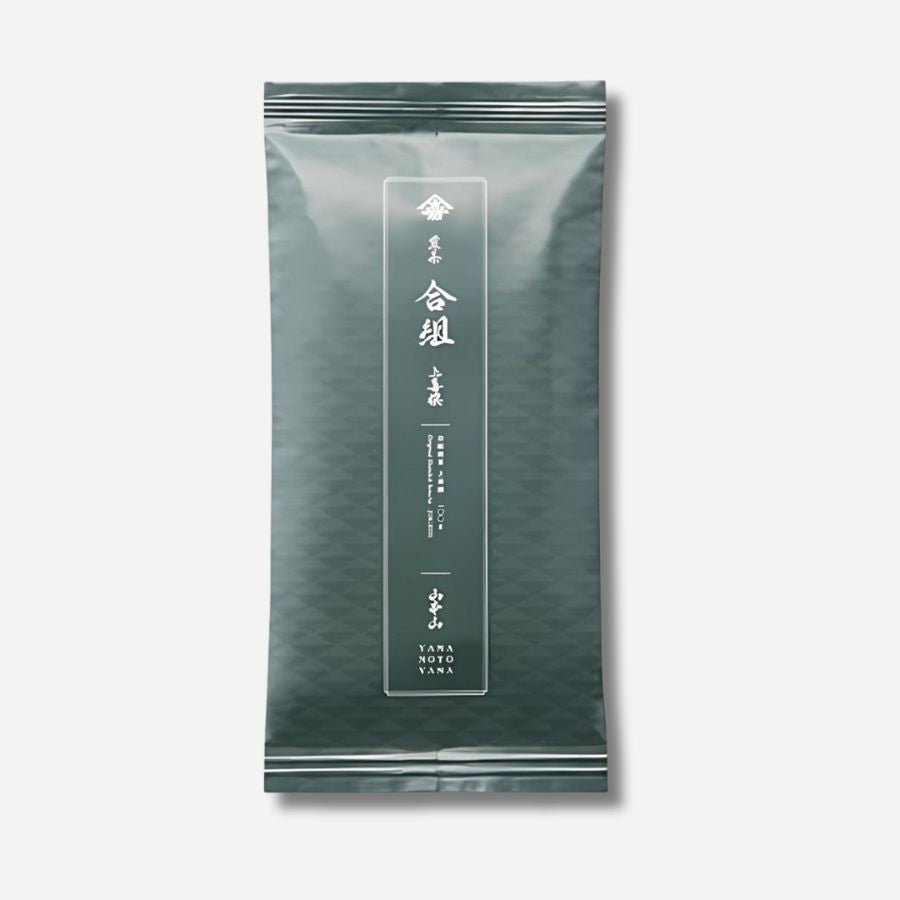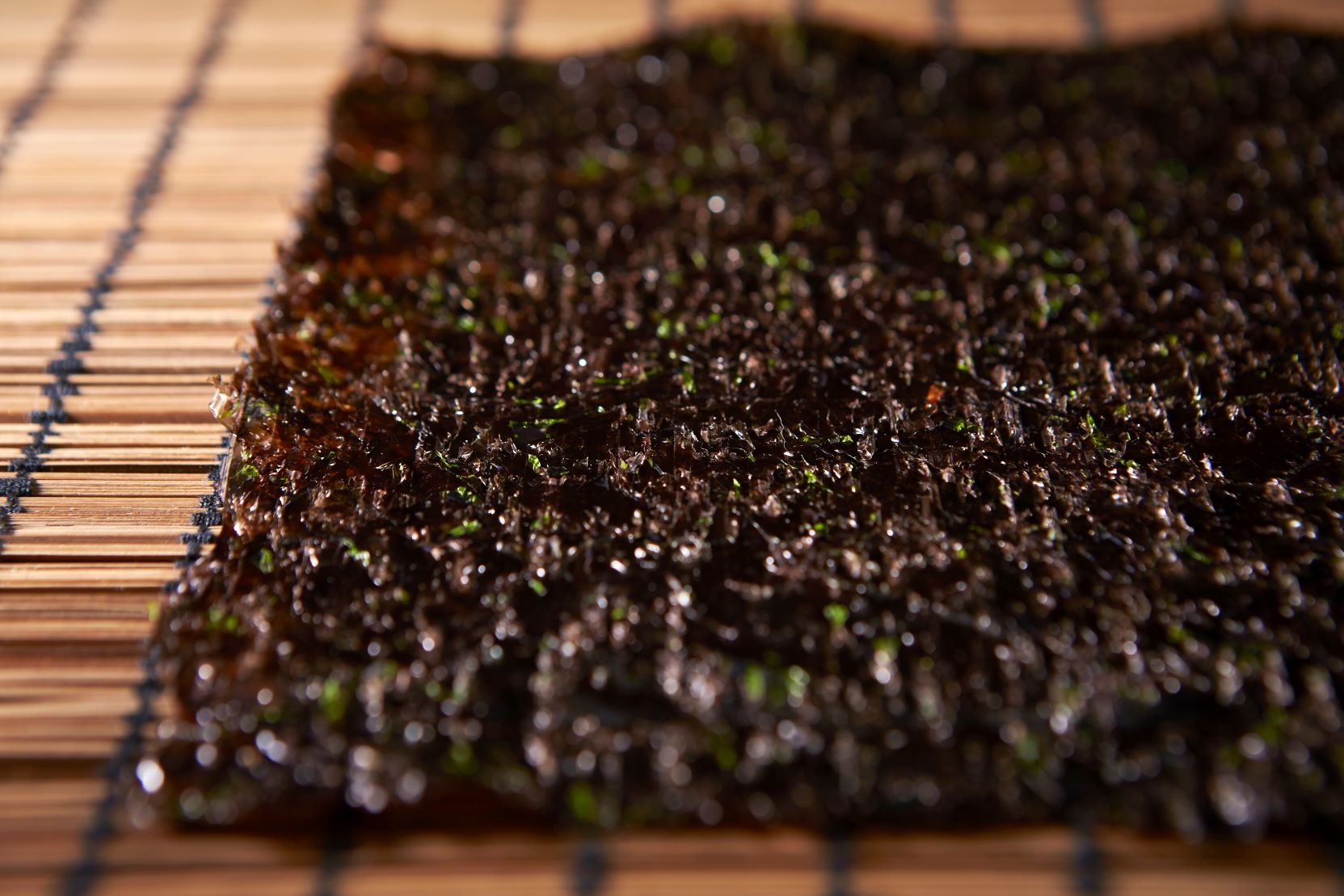
What are the health benefits and effects of drinking green tea every day? List of green tea's health benefits and ingredients
- Introduction
- Specific health benefits you can expect from drinking green tea
- Beauty and skin improvement effects
- Diet and lifestyle-related disease prevention
- Increased concentration and relaxation
- Immunity boosting and antibacterial properties
- The main components of green tea and their scientific functions
- "Water-soluble ingredients" that can be ingested by drinking
- "Insoluble components" that can be ingested by eating tea leaves
- Finally
Introduction
Green tea not only soothes the soul with its refreshing aroma and deep flavor, but has also been loved by people since ancient times as a "good medicine."
Our ancestors knew from experience the benefits of tea, such as waking up from sleepiness and relieving fatigue.
Nowadays, with advances in science, its diverse health benefits, such as anti-aging, dieting, and prevention of lifestyle-related diseases, are being elucidated one after another, and it is once again attracting attention.

Specific health benefits you can expect from drinking green tea
Green tea has a wide range of benefits, including:
1. Beauty and skin improvement effects:
The powerful antioxidant properties of catechins and vitamins protect the skin from oxidative stress caused by ultraviolet rays and help prevent age spots and freckles, helping to prevent skin aging and maintain a youthful appearance.
2. Diet and lifestyle-related disease prevention:
Catechin and saponin help break down fat and suppress sudden rises in blood sugar levels, helping to lower high blood pressure and cholesterol levels.
3. Improved concentration and relaxation:
The synergistic effects of caffeine and theanine help prevent drowsiness, improve focus, and keep you feeling calm.
4. Immunity boosting and antibacterial properties:
Catechin and vitamin C activate immune cells, helping to prevent food poisoning and colds. They are also expected to suppress the growth of bacteria that cause tooth decay and bad breath.

The main components of green tea and their scientific functions
The health benefits of green tea come from the complex interactions of the abundant components contained in the tea leaves.
These components are broadly divided into water-soluble and insoluble components, with approximately 30% of the total being water-soluble and the remaining 70% being insoluble.
Water-soluble ingredients dissolve in hot water, so they can be ingested by drinking green tea.
On the other hand, insoluble components do not dissolve in hot water. They make up the majority of the nutrients in tea leaves, so eating the whole tea leaves can help you absorb them efficiently.

Water-soluble ingredients (can be ingested by drinking)
| Water-soluble components (20-30%) | Content rate | Efficacy and effectiveness |
| Catechins | 11-17% | It is a type of polyphenol that gives green tea its astringent taste. It is known for its strong antioxidant properties and is expected to have a wide range of effects, including suppressing high blood pressure, being antibacterial, antiviral, and improving the intestinal environment. It increases when exposed to sunlight, so it is found in large amounts in second- and third-grade tea. |
| Caffeine | 1.6-3.5% | It is a bitter component of tea that stimulates the central nervous system and has an awakening effect, which is expected to prevent drowsiness and improve concentration and memory. |
| Theanine | 0.6-2.0% | A type of amino acid, it is the umami component of green tea. It promotes the generation of alpha waves in the brain, which can have a relaxing effect and reduce stress. |
| Flavonols | 0.6% | It is expected to have a wide range of effects, including strengthening blood vessel walls, antioxidant properties, and deodorizing effects. |
| complex polysaccharide | 0.6% | It may help prevent diabetes by suppressing blood sugar levels. |
| Vitamin C | 0.3-0.5% | It is involved in collagen production and is an important component in maintaining healthy skin and mucous membranes. It also has strong antioxidant properties similar to catechin. |
| γ-aminobutyric acid | 0.01% | Suppresses blood pressure rise, regulates brain and nerve functions |
| Sabonin | 0.2% | It is a natural surfactant found in tea, and is said to help suppress blood pressure increases and activate immune cells. |
| Vitamin B2 | - | Prevents angular cheilitis, dermatitis, and inhibits lipid peroxidation |
| Soluble dietary fiber | - | Promotes bile acid excretion, lowers blood cholesterol, and improves liver function |
| minerals | 1-1.5% | |
| zinc | - | Prevents taste abnormalities, suppresses immune function decline, and prevents dermatitis |
| Fluorine | - | Preventing tooth decay |
| Manganese, copper, zinc, selenium | - | antioxidant |
| potassium | - | Maintaining ionic balance |

Insoluble components (can be ingested by eating tea leaves)
| Insoluble components (70-80%) | Content rate | Efficacy and effectiveness |
| Insoluble dietary fiber | 30-44% | It helps relieve constipation and improve the intestinal environment. |
| protein | 24-31% | It is an important nutrient that builds the body. |
| lipids | 3.4-4% | Nutrients (cell components, energy sources) |
| chlorophyll | 0.60-1% | It is expected to have effects such as cancer prevention, deodorizing, and anti-mutation. |
| Vitamin E | 0.02-0.07% | In addition to its strong antioxidant properties, it also promotes blood circulation, so it is expected to have anti-aging and skin-beautifying effects. |
| Coenzyme Q10 | 0.01% | It is expected to have anti-aging and skin-beautifying effects. |
| B-carotene | 0.02% | It is converted into vitamin A in the body and has antioxidant properties that help protect the health of the skin and eyes. |
| Fragrance components | - | Aromatherapy effect |

Finally
As you can see, green tea is expected to have a wide variety of beneficial effects, and by incorporating it into your daily routine, it can provide comprehensive support for your physical and mental health.
Not only can you ingest water-soluble components by drinking it, but by eating the whole tea leaves you can also absorb all of the insoluble components.
We hope you will incorporate green tea into your lifestyle and live a healthy life every day.




